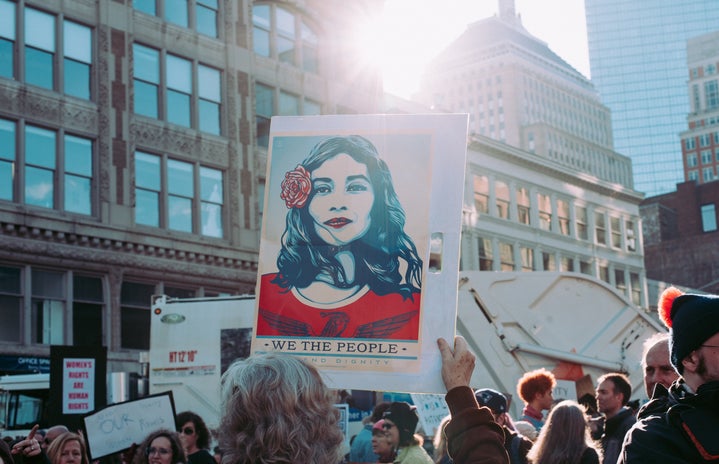There is no doubt that by now you have heard about the devastating fires both in northern and southern California. These fires have destroyed thousands of homes leaving hundreds of people missing and some dead. Even earlier this week, President Trump traveled to some of the destroyed parts of California to visit with victims and try to look for opportunities to help with these disasters. There is no denying that there is a major amount of devastation within the areas that the fires destroyed, but even more unbelievable is the amount of damage in places nowhere near the fires. Many cities in northern California are having horrible issues with air quality and breathing problems, due to the smoke inhalation from fires, almost hundreds of miles away.
In San Francisco California the air quality is terrible. Scientists and researchers say, being outside there for one day has the same effects as smoking 10 cigarettes. Particles in the air from the wildfires, one about 30 miles north of San Francisco, the other about 400 miles south, make going outside a risk for many Californians.
After tearing through entire towns, burning over 10,000 homes, and killing at least 70 people, the Camp Fire in Northern California is now about 65% contained. Although most of the flames have retreated from view, blankets of smoke still cover most of the state of California, including large well-known cities such as San Francisco and Sacramento. The air quality last week was some of the worst in the world; schools were canceled and residents were warned to stay indoors. Many California stores started selling gas masks to help residents breathe easier in the smoke infested areas, but many sold out and are even on back order, making it impossible for some Californians with sensitivity to air quality to go outside and enjoy themselves. With the changing in seasons and climate species, wildfires are more likely to happen, which in turn means that smoke-filled skies and their negative health effects are an increasingly common problem.
The city has of San Francisco created a map of filtered air shelter which includes branches of the San Francisco Public Library and Westfield San Francisco Centre. As professionals scurry home using San Francisco’s sidewalks, they are wheezing, coughing, and gasping for clean air. Air filtration masks are still hard to find as well as air purifiers. Downtown professionals and residents in search of masks lined up at the local hardware stores. One day at lunchtime, the line was over a hundred people deep and customers were limited to four masks, a number that was reduced to two as supply got smaller.
Michael Costa, a salesman at a local San Francisco hardware store, estimated that more than 3,000 masks had been sold by 5:00 p.m. one evening. A shipment of air purifiers that arrived the next day morning was gone within a few minutes. A sign at the front of another store read, “We apologize that we are sold out of air filtering masks.”
All public schools in San Francisco, Alameda, Contra Costa, Solano and Marin counties have canceled classes, citing poor air quality. Schools in Santa Clara County planned to remain open but were canceling outdoor activities or moving them indoors. In Napa County, the Napa Valley Unified School District and the St. Helena Unified School District were closed, as did schools in San Mateo County. Colleges and universities throughout the bay area — including San Francisco State University, San Jose State University, and UC Berkeley — have also canceled classes.


